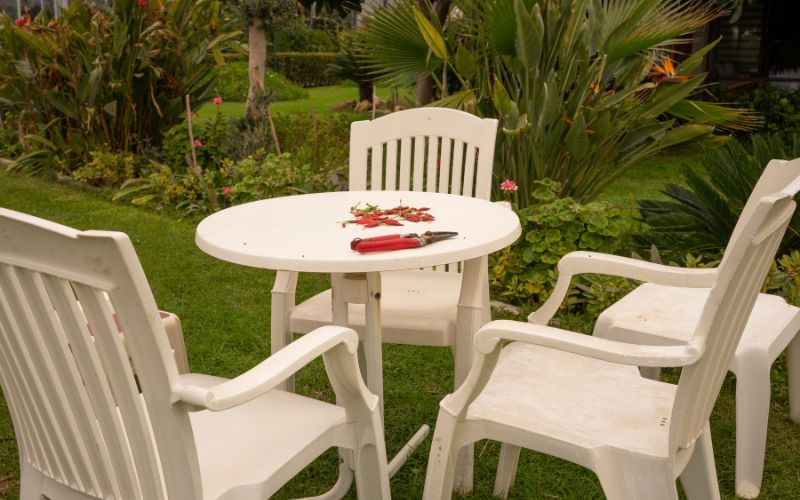The Evolution of Plastic Tables: Styles and Trends

In the realm of furniture design, plastic tables have undergone a remarkable evolution, transcending their humble beginnings to become versatile and stylish staples in modern homes and offices. This article explores the fascinating journey of plastic tables, from their early designs to contemporary trends, highlighting their impact on interior aesthetics and outdoor settings.
Introduction
Plastic tables have become ubiquitous in today’s living environments due to their affordability, durability, and adaptability. They offer practical solutions for various needs, ranging from casual dining to professional workspaces.
Early Plastic Table Designs
The concept of plastic tables emerged in the mid-20th century, coinciding with the rise of industrial materials in furniture production. Early designs featured simple structures and basic finishes, primarily focusing on functionality rather than aesthetics.
Advancements in Plastic Table Manufacturing
Over time, advancements in plastics technology revolutionized table design. Injection molding techniques allowed for intricate shapes and textures, paving the way for more innovative and ergonomic designs.
Contemporary Plastic Table Styles
Today, plastic tables come in a myriad of styles and forms. Modern designs emphasize sleek profiles, minimalist aesthetics, and versatile functionality. Many feature foldable or modular components for easy storage and transport.
Trends in Plastic Table Materials
Recent trends have seen a shift towards eco-friendly plastic materials. Manufacturers are utilizing recycled plastics and sustainable alternatives, aligning with consumer preferences for environmentally conscious products.
Influence of Plastic Tables in Interior Design
Plastic tables have influenced interior design by offering affordable yet stylish options. They seamlessly integrate into various settings, adding a contemporary flair to living spaces.
Outdoor Applications of Plastic Tables
One of the key advantages of plastic tables is their suitability for outdoor use. Weather-resistant and lightweight, these tables are ideal for patios, gardens, and recreational areas.
Popular Plastic Table Brands
Several brands have made significant contributions to plastic table design. Names like IKEA, Lifetime, and Polywood are synonymous with quality and innovation in this category.
Consumer Considerations
When choosing a plastic table, consumers consider factors such as design aesthetics, durability, and price. Customization options and brand reputation also play pivotal roles in purchasing decisions.
Environmental Impact and Sustainability
While plastic tables offer convenience, their production raises environmental concerns. Efforts are underway to promote recycling initiatives and develop biodegradable alternatives.
Future Directions in Plastic Table Design
The future of plastic tables looks promising with ongoing research into novel materials and production methods. Expectations include more sustainable practices and enhanced design possibilities.
Comparison with Other Table Materials
Plastic tables compete with traditional materials like wood, metal, and glass. Each material has distinct advantages and drawbacks, influencing consumer preferences based on specific needs.
Cultural Significance and Popularity
Plastic tables have gained widespread popularity across different cultures, reflecting global trends in furniture design. Regional variations in style and usage highlight cultural influences.
Maintaining and Caring for Plastic Tables
Proper maintenance ensures longevity and aesthetics for plastic tables. Regular cleaning with mild detergents and avoiding harsh chemicals are essential for preserving their finish.
Conclusion
In conclusion, the evolution of plastic tables underscores their transformative journey in furniture design. From utilitarian beginnings to contemporary style statements, plastic tables continue to shape modern living spaces with their versatility and functionality.
